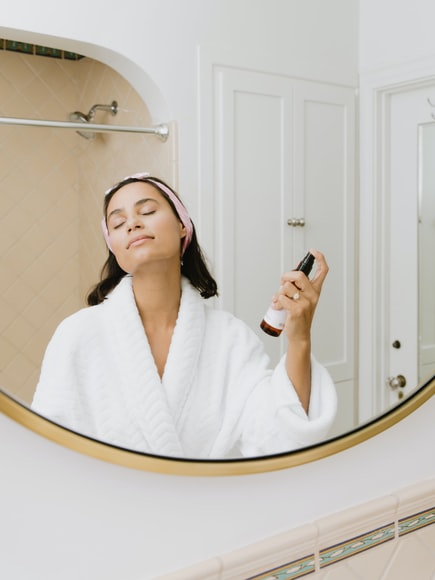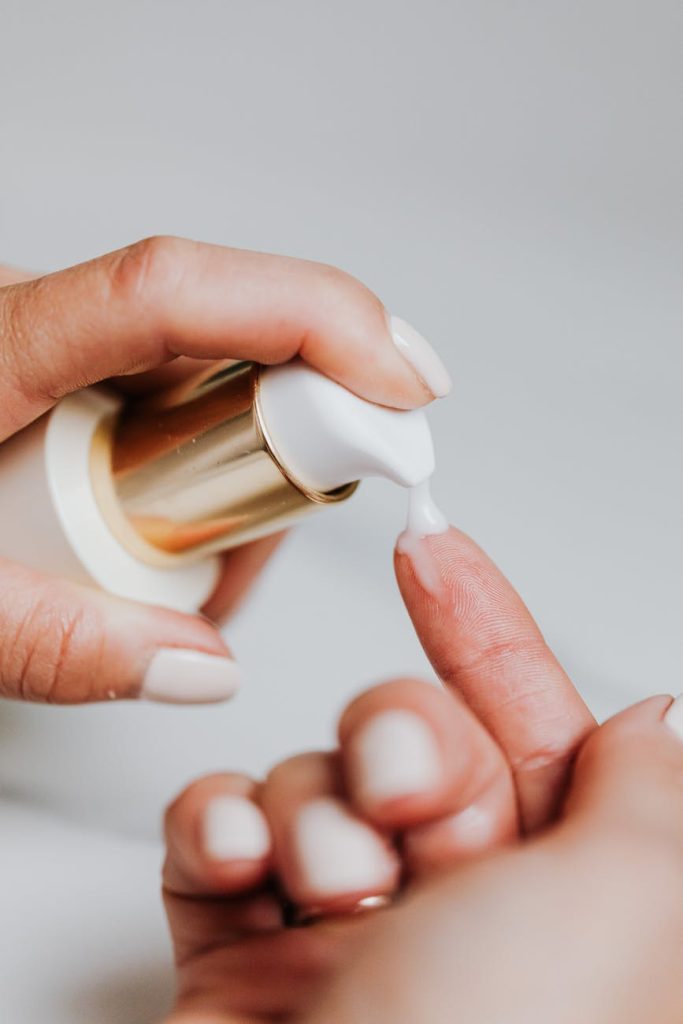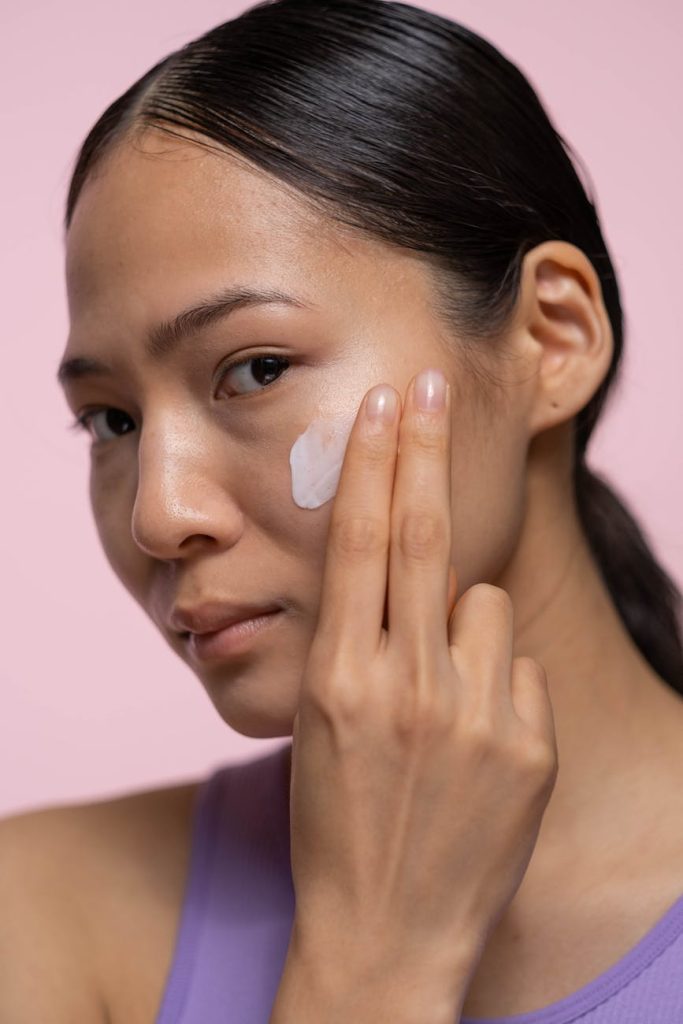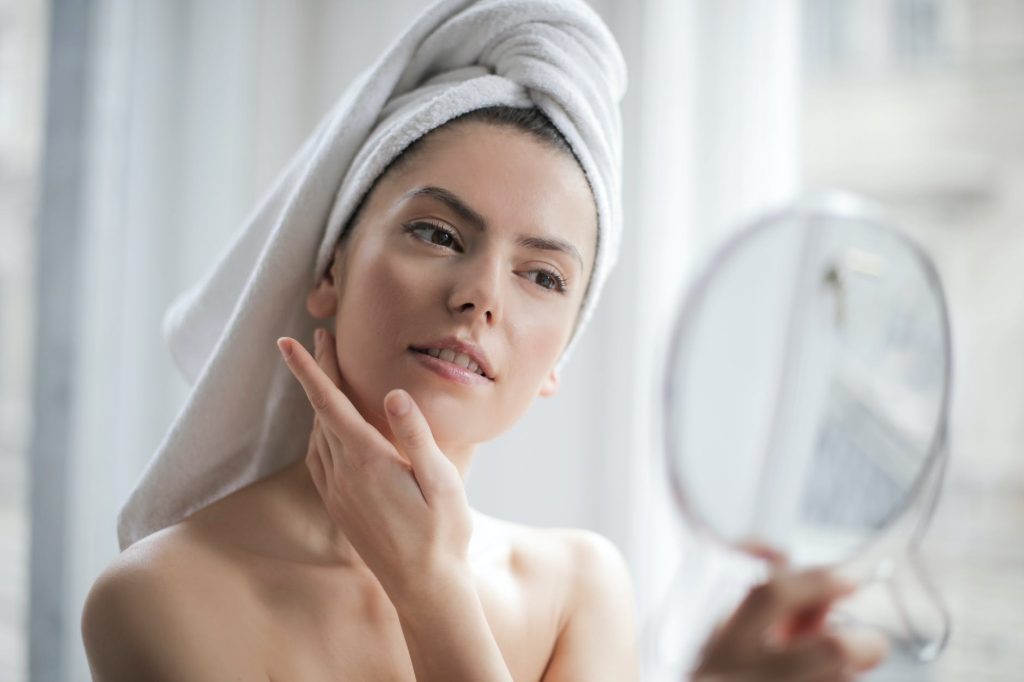Today we will talk about the 5 Steps to Building a Healthy Beauty Routine! The human skin is regularly exposed to impurities that can cause serious damage to it. Having a beauty routine has become a necessity, more so now, when the lifestyle of people has become so complex and stressful.
5 Steps to Building a Healthy Beauty Routine
We are enumerating a simple 5-step daily skincare routine guide that you can easily follow for glowing and healthier skin.
1. Clean your skin
This first step of the routine might appear gratuitous like stating the obvious. However, due to its ‘obvious’ nature, a good number of people tend to miss this very important step. Our skin is exposed to dirt, pollutants, and other impurities regularly that must be removed on a daily basis. If remain untreated, these impurities can clog the skin leading to acne, pimples, blackheads, and dull skin.
The best practice to keep your skin free from pollutants is to wash it twice daily. For people who have field jobs, you can do it more than twice when you feel the need. For cleaning, your products are as per your skin type. This is especially important for people who have sensitive skin.
After you have determined the best cleanser for your skin type, the next step is to understand how to clean the face effectively. The first step here is to wash your hands thoroughly to ensure it is clean before touching the face.
Then take a modest amount of face wash on your palm, rub it, and apply gently on your face. Rub the facewash anti-clockwise on both the cheeks, followed up by the forehead and chin.
After cleaning it for about a minute, wash your hands and then start washing off the cleanser from your face. After you have cleaned it nicely, tap dry with a soft towel or cotton cloth. For in-depth information on skin-care cleansing, you can visit https://thosegraces.com.
2. Use a Toner
The next step after you have washed your face is to apply a toner. Some people consider toners unimportant and directly apply moisturizer after cleaning. Although this won’t harm your skin as such, including toner in your daily skincare routine can help solve an array of skin problems.
Toner offers various benefits for the skin. It minimizes the appearance of pores, tightens skin, balances sebum, and naturally removes oil and dirt. It does so by shrinking and refining large pores which make the skin appear very smooth.
Toning is an important step to follow between cleaning and moisturizing because toning enhances the absorption of the follow-up products. It also plays a key role in balancing the pH level of the skin. An ideal pH for normal skin is between 5-6.
Toners also act as an instant skin refresher by relaxing the skin and creating a calming sensation. It works wonders in cooling down redness or a temporary rash.
The best way to apply a toner is to spray it generously on your face. For summers, you can even refrigerate the toner for a more relaxing experience. If you don’t have a spray bottle, you can pour the toner on your palms and gently dab it on your skin.
Do not use exfoliating toner and retinoids or other exfoliators at the same time.
3. Apply Serum
The next step in your skincare routine is to apply the serum to your face. Serums are thin-viscosity topical products that contain concentrated amounts of active ingredients. Since it is made from very small molecules, it is easily absorbed by the skin.
It helps to solve a host of skin problems from dark spots to wrinkles. There are a variety of serums that cater to different skin types. For the morning routine, it is best to use serums with antioxidants and for nighttime, a moisturizing serum with hyaluronic acid would do good. It moisturizes the skin and keeps it from drying out at night.
One thing to keep in mind is that Water-based serums should always be applied before moisturizer whereas oil-based serums should be applied after moisturizer.
Some common toners that you can consider for your daily routine are:
*Vitamin C- suitable for dull skins with dark spots
*Hyaluronic acid – Suitable for dry skin.
*Retinol, vitamin B3, peptides- Suitable for aging skin
*Colloidal sulfur, niacinamide- Suitable for sensitive skin
4. Moisturize the Skin
After applying serum, the next step is to moisturize the skin. Moisturizing hydrates and softens the skin. It also locks all the other layers of product that you have applied to the skin. It prevents the loss of moisture and other building blocks within the skin such as ceramides.
It is very important to pick the right type of moisture according to your skin type. For oily skin, gel moisturizers work the best because they are water-based. For normal skin, you should use a lotion and for dry type, creams work the best.
You should ideally use a lightweight lotion in the morning with an SPF value of 30-35 and for the night, you can use a thicker night cream so that the moisture is retained for long. The best way to apply a moisturizer is by patting it on the skin and massaging it with upward strokes.
5. Use a Sun Protection
Although it is the last step in the skin routine, it is certainly one of the most important. Sunscreen is not just a cosmetic but an essential healthcare cream that protects the skin against deadly ultraviolet radiation. Ultraviolet radiation can cause fatal diseases such as skin cancer and also lead to premature aging.
UV rays from the sun cause photoaging of the skin, which leads to a thick, leathery look, discoloration, and a breakdown of collagen. This causes premature aging, sagging, and wrinkles.
There are broadly two types of sunscreens available in the market: Sunscreen with chemical ingredients and sunscreen with physical ingredients. Chemical-based sunscreen contains chemicals such as oxybenzone and octinoxate which get absorbed in the skin and block the UV rays. It is lightweight but causes irritation to sensitive skin.
Physical-ingredient sunscreen contains titanium dioxide and zinc oxide which creates a protective layer on the skin. It is comparatively safer to use but may leave a whitish tint on a dark skin tone.
Bottom Line
The effectiveness of products depends upon a number of factors in which the order of application holds a special place. While it is very important to use the product as per the skin type, it is equally if not more, important to follow a definite routine for the products to actually work.
The aforesaid routine is suitable for most skin types, however, if you have any serious skin allergy or disease, consult a certified dermatologist before adhering to this routine.




